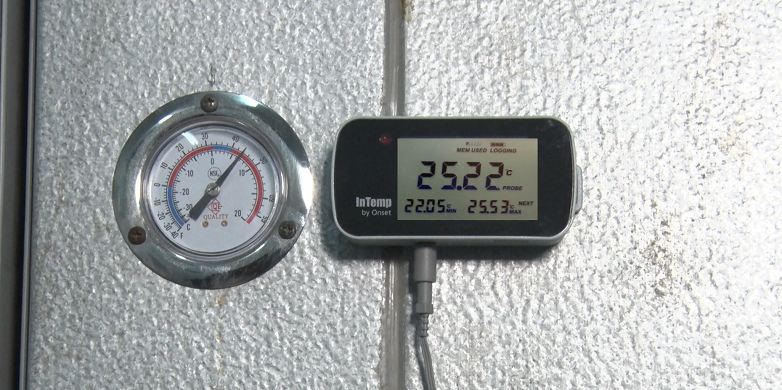GHSC-PSM investigated different options and worked together with a supplier before offering a solution that met CENABI’s needs. The selected system is InTempConnect and was supplied by LABCO. The complete system includes sensors for temperature ranges from - 30/40 °C to 70 °C and from -90 °C to 40 °C, gateways, and a cloud data platform.
InTempConnect sensors enable the temperature of a cold or deep-frozen room to be recorded at up to 1 min intervals. In addition, when the temperature goes outside the established range, InTempConnect sends an alarm signal by email and to the InTempConnect App, so that the appropriate people can take action and prevent a cold chain break. The sensors procured by GHSC-PSM are for deep freezers and cold rooms and will be used in the first phase to monitor the storage temperature of the vaccines in CENABI, the vaccination Megacenter (located at El Salvador Hospital) and at five regional warehouses.





